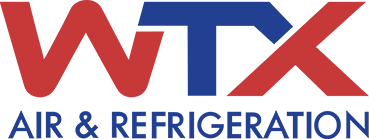As a business owner or facility manager, dealing with HVAC issues in commercial buildings can be a frustrating experience. Not only can these problems disrupt the comfort of your employees and customers, but they can also lead to costly repairs and energy inefficiency. In this blog post, we will explore the most common HVAC issues in commercial buildings and provide practical solutions to fix them. By addressing these problems promptly, you can ensure a comfortable and productive working environment while saving on energy costs.
1. Improper Airflow Distribution
One of the most prevalent HVAC issues in commercial buildings is improper airflow distribution. Uneven temperatures can arise due to blocked vents, poorly designed ductwork, or malfunctioning dampers. To fix this problem, start by inspecting and cleaning all vents and registers. Additionally, consider hiring a professional HVAC technician to assess and optimize your building's ductwork system. Properly balanced airflow will not only enhance comfort but also improve energy efficiency.
2. Inconsistent Temperature Control
If your commercial building experiences inconsistent temperature control, it may be due to a faulty thermostat or inadequate insulation. Begin by checking the thermostat settings and ensuring they are correctly programmed. If the issue persists, consult an HVAC professional to diagnose and repair any thermostat malfunctions. Moreover, consider investing in proper insulation to prevent temperature fluctuations caused by external factors such as extreme weather conditions.
3. Poor Indoor Air Quality
Maintaining good indoor air quality is crucial for the health and well-being of your employees and customers. Common HVAC-related factors that contribute to poor indoor air quality include dirty air filters, mold growth, and inadequate ventilation. To address this issue, regularly replace air filters and clean ductwork. If you suspect mold growth, consult a professional to conduct a thorough inspection and remediation. Additionally, consider installing air purifiers and improving ventilation systems to ensure a healthy working environment.
4. Refrigerant Leaks
Refrigerant leaks not only affect the cooling performance of your HVAC system but can also harm the environment. Signs of a refrigerant leak include reduced cooling capacity, ice buildup on coils, and increased energy consumption. If you suspect a refrigerant leak, contact a certified HVAC technician immediately. They will locate and repair the leak, recharge the system, and ensure it operates at optimal efficiency.
5. Excessive Energy Consumption
High energy bills can be a result of various HVAC issues, such as outdated equipment, inefficient controls, or inadequate maintenance. To reduce energy consumption, start by scheduling regular maintenance for your HVAC system. This includes cleaning coils, inspecting electrical connections, and lubricating moving parts. Additionally, consider upgrading to energy-efficient equipment and implementing smart controls that optimize energy usage based on occupancy and demand.
By addressing common HVAC issues in commercial buildings promptly, you can ensure a comfortable and energy-efficient working environment for your employees and customers. Regular maintenance, proper airflow distribution, temperature control, indoor air quality management, refrigerant leak detection, and energy-saving practices are essential for a well-functioning HVAC system. If you require professional assistance with any of these issues, West-Tex Air & Refrigeration is here to help. Contact us today for reliable HVAC services in Lubbock, TX.

